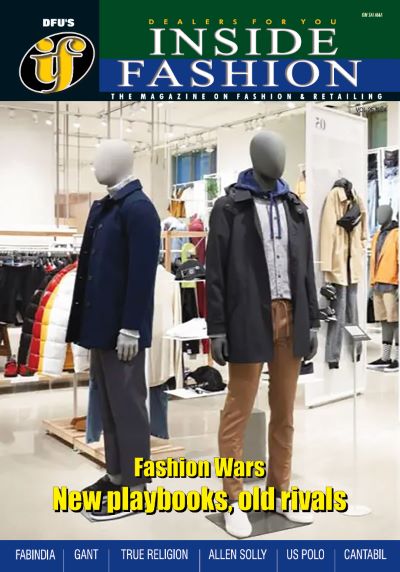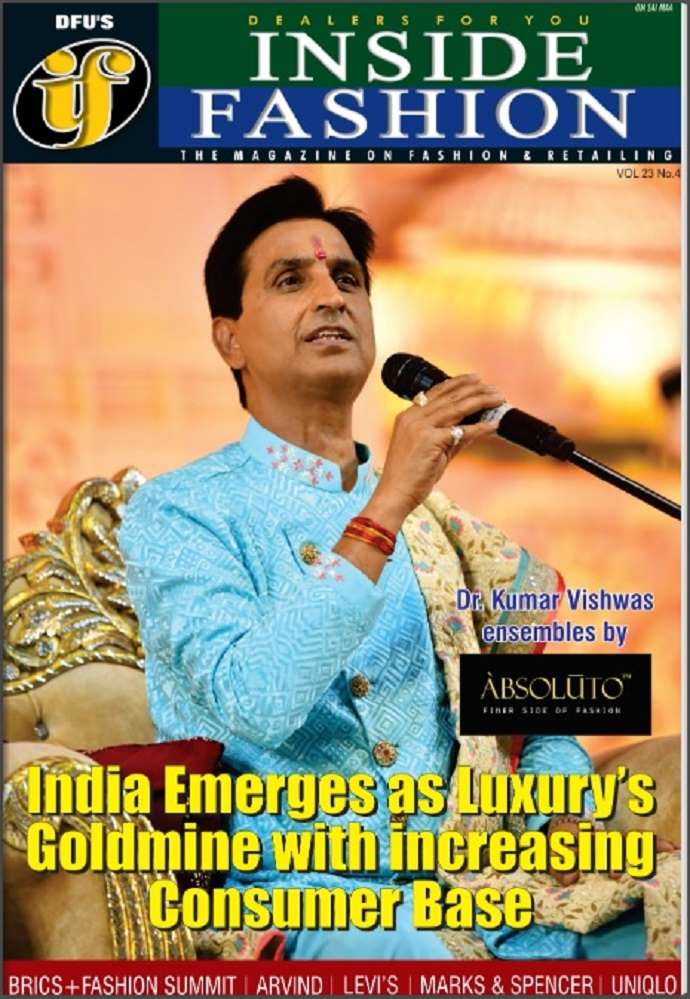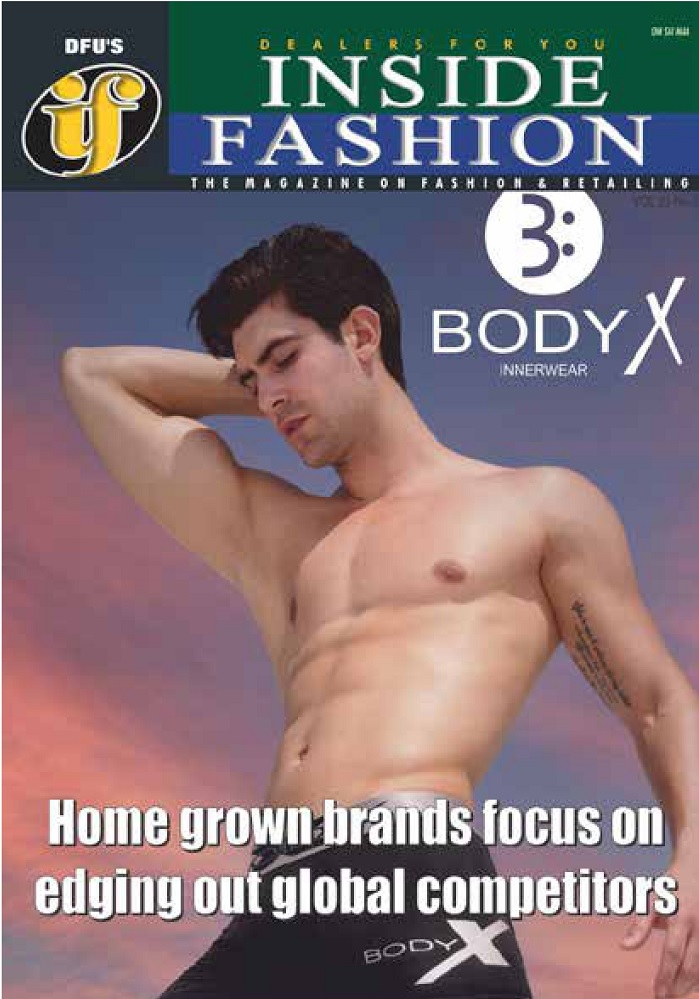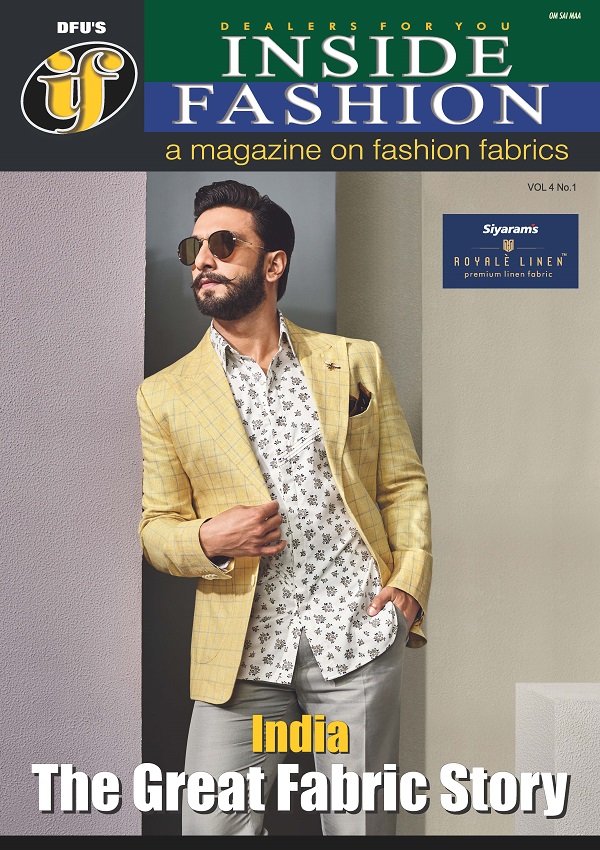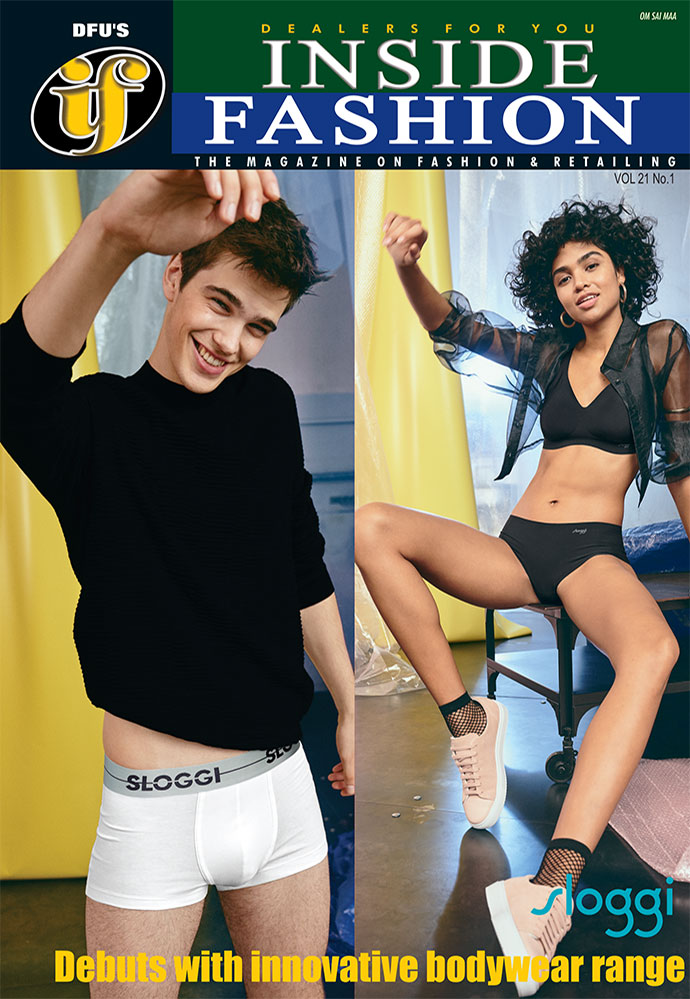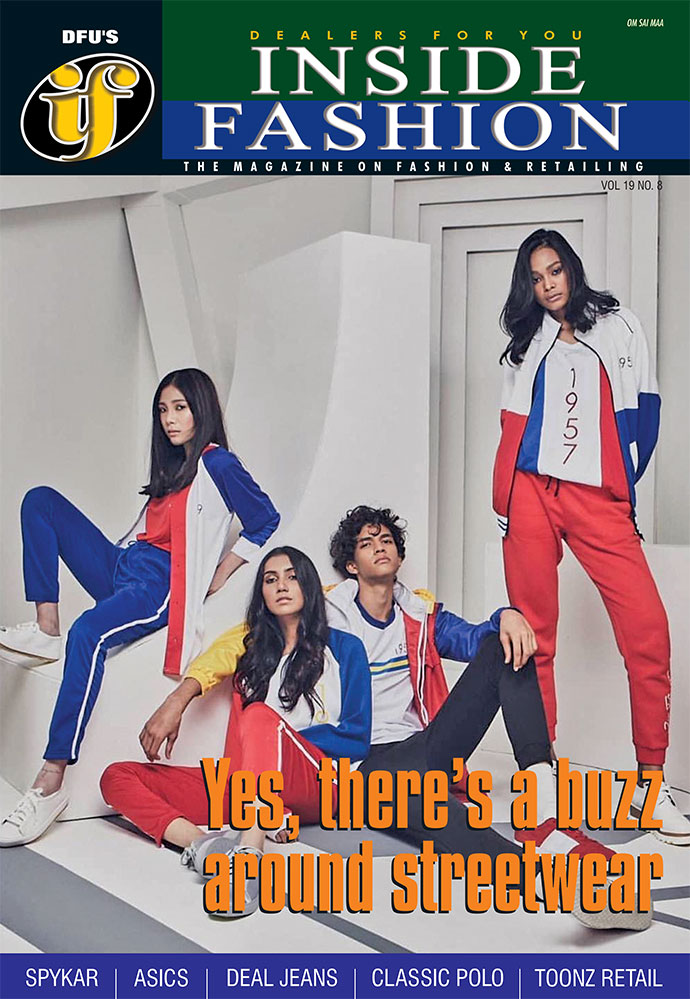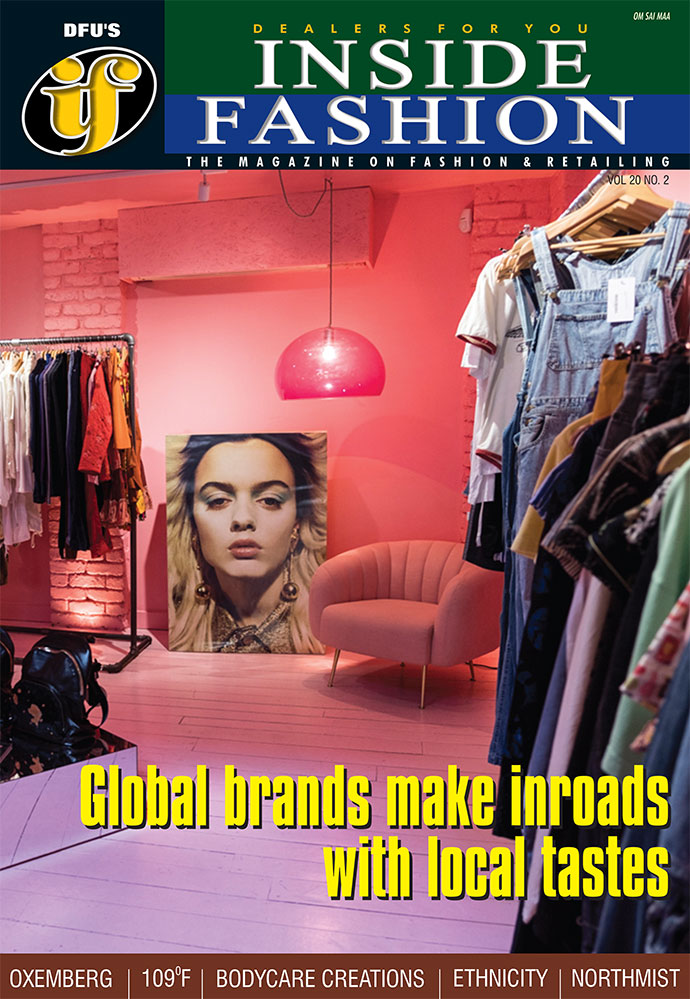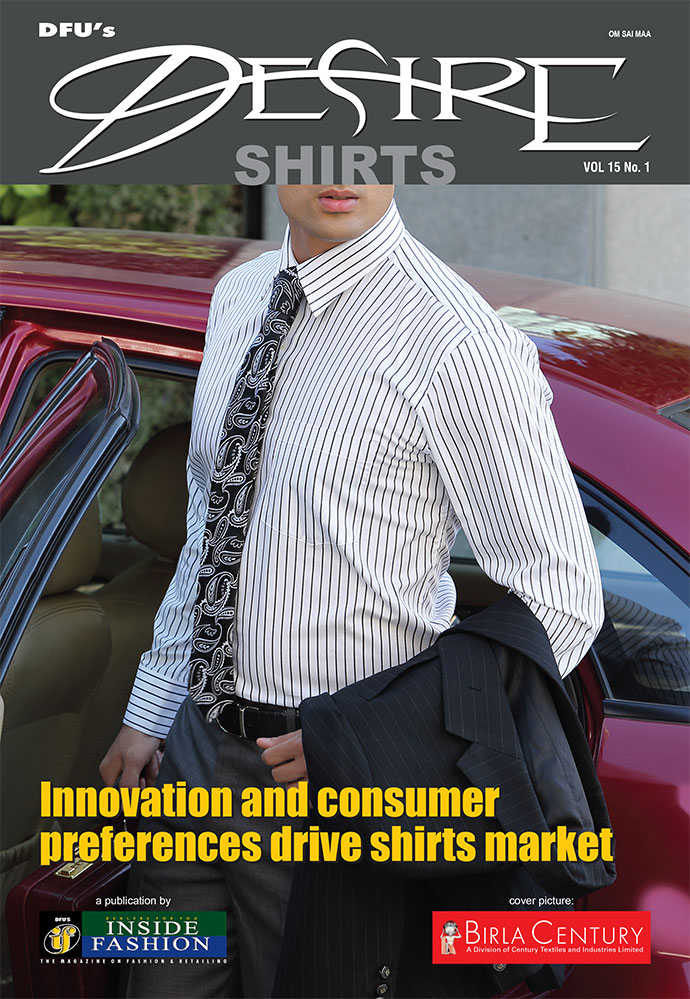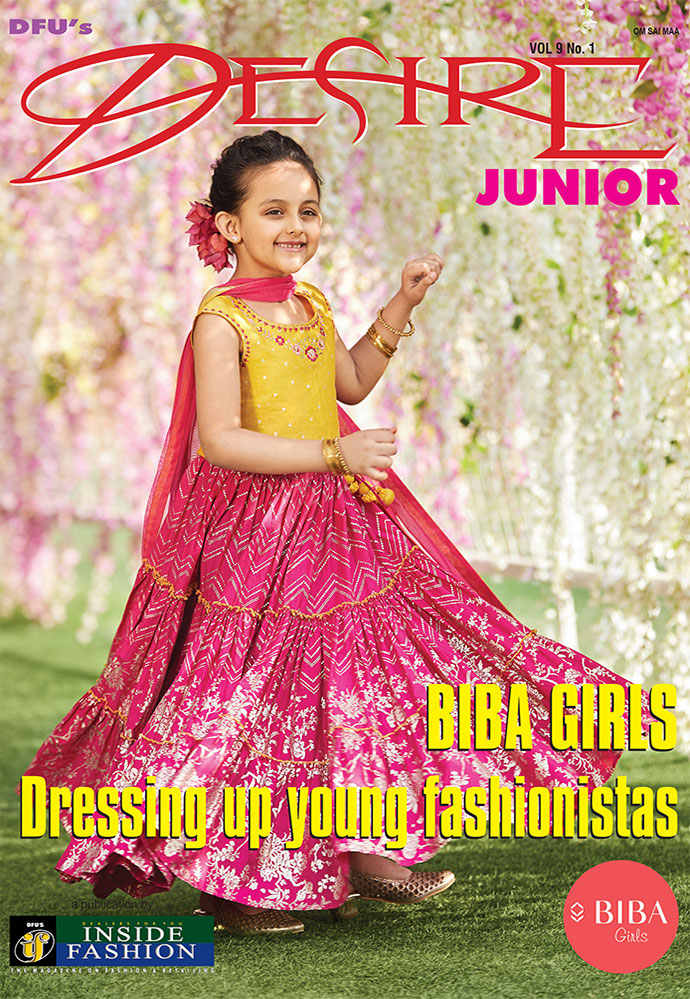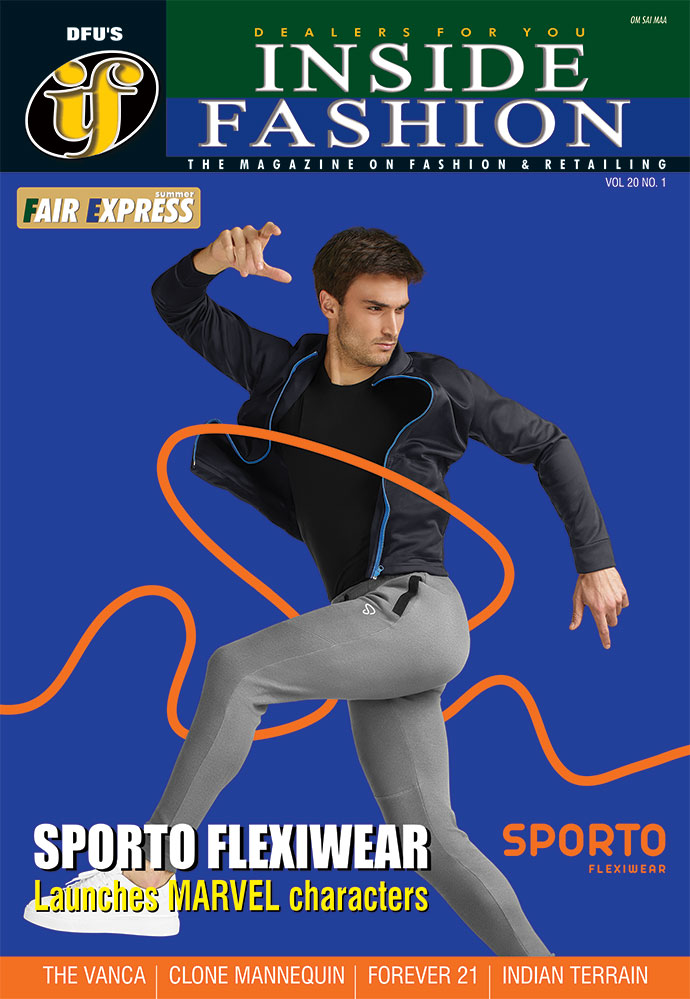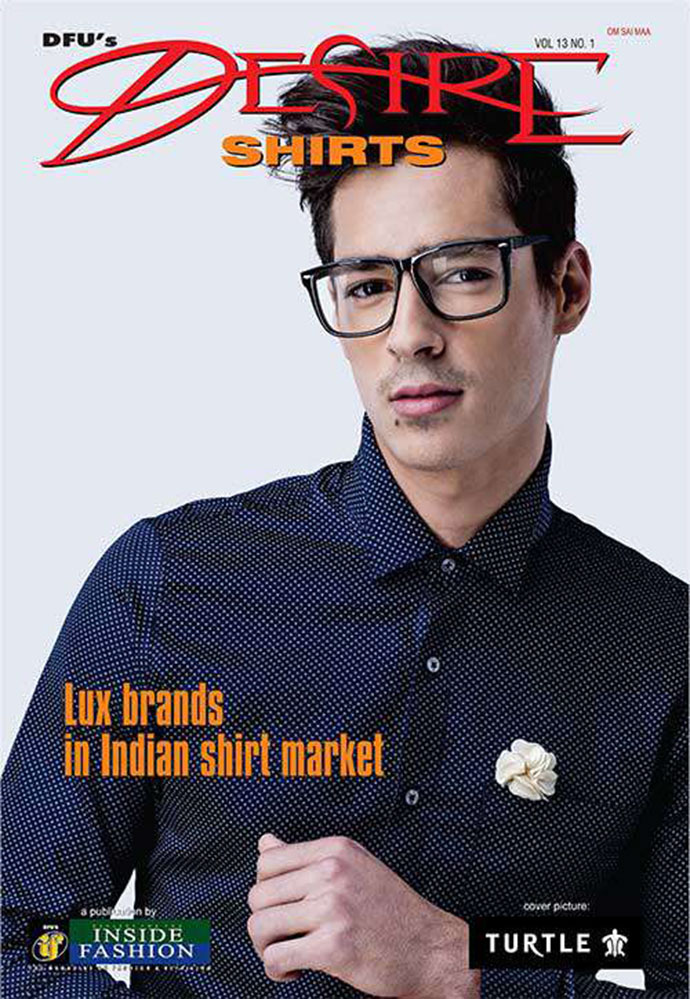28 October 2025, Mumbai
In today’s hyper-competitive consumer landscape, brands are no longer just selling products they’re selling identities, moods, and moments. The industry’s newest disruptor, the Outfit-Based Model (OBM), is transforming the way companies think about commerce and customer connection. Instead of focusing on single categories like, women’s tops or men’s sneakers brands are now merchandising experiences complete looks and lifestyles, often distilled into evocative ideas like: Tuesday mornings or Weekend getaways.
According to a recent analysis by Retail Strategy Group, brands that adopt this model curating cohesive, narrative-driven assortments rather than fragmented product lines are outperforming competitors across both profitability and customer loyalty metrics. The logic is simple: when a brand sells a lifestyle, not a line sheet, the basket size and emotional connection both expand.
The logic behind the shift
At the heart of this shift lies a deeper understanding of modern consumer psychology. Today’s customers don’t just want to buy they want to belong. A single product may solve a functional need, but a collection of coordinated items satisfies an emotional one: identity expression. A lipstick is a product; a beauty routine is a self-care ritual; a chair is furniture; a styled room is a personal sanctuary.
The OBM takes this insight and builds an entire retail ecosystem around it. When brands begin with a narrative say, ‘the effortless commuter look’ and design the entire merchandising strategy to support that idea, they guide the shopper naturally toward multiple complementary purchases: the blazer, the jeans, the shoes, even the accessories.
The result:
Higher units per transaction (UPT) Better basket economics
Stronger brand equity through emotional resonance
Context is the new currency
Data supports this evolution. While direct comparisons between CBM (Category-Buyer Model) and OBM remain early-stage, several industry indicators underline the power of emotional storytelling and contextual selling. A Gartner study found that brands now allocate nearly 9.2 per cent of marketing budgets to behavioral data analytics, aiming to decode fast-changing consumer moods and micro-trends especially among Gen Z and younger millennials who buy into experiences, not SKUs. Three converging trends are driving this behavioral revolution:
Emotional connection as growth strategy
Unilever’s pivot toward desire-based marketing is a case in point. Its Dove x Crumbl Cookies collaboration—pairing skincare with a cultural, viral dessert brand drove over 50 per cent new customer acquisition for Dove. The takeaway: when brands embed themselves in emotional, shareable experiences, growth follows organically.
• Lifestyle branding beyond the product
Red Bull doesn’t just sell energy drinks; it sells adrenaline. Every skydiving clip, rally race, or extreme sports sponsorship reinforces a single brand promise: living on the edge. This is OBM in its purest form merchandising a state of being rather than a product category.
• Data-informed curation: Retailers like Zara leverage real-time analytics to curate full looks online and in-store, refreshing displays weekly based on trend signals. It’s not about having the most items it’s about having the most relevant combinations.
l The divide between brands that have embraced OBM and those clinging to CBM is becoming increasingly visible.
OBM winners, curating the full story
Ralph Lauren: A pioneer of the lifestyle sell, Ralph Lauren has long been synonymous with the aspirational American dream. Its new ‘Ask Ralph’ AI stylist tool elevates this further, using data-driven recommendations to suggest full looks instead of single pieces. The brand isn’t just styling wardrobes it’s styling lifestyles.
Zara: The Spanish fast-fashion titan thrives on constant reinvention. Each Zara store functions like a living mood board, with looks grouped by themes romantic evenings, street minimalism, bohemian weekend. This cohesive merchandising makes it easy for customers to visualize complete looks and drives higher multi-item purchases.
Unilever (Personal Care Division): With premium lines like Axe Fine Fragrance and Dove’s cultural collaborations, Unilever’s transformation shows OBM principles can thrive even outside fashion. By reframing everyday hygiene as a personal signature, the company links functional products with emotional identity.
CBM strugglers selling without a story
Traditional department stores and legacy retailers organized by product categories the sweater section, the shoe floor increasingly feel chaotic and outdated. Without a unifying story, shoppers face decision fatigue and disengagement. The result: declining average order values and fragmented brand recall.
The Future: Agentic commerce and AI stylists
The next frontier of this evolution is agentic commerce a seamless fusion of AI-driven personalization and contextual merchandising. Tools like Ralph Lauren’s Ask Ralph and emerging AI styling agents across platforms like Shopify and Amazon are laying the groundwork for multi-item conversational commerce. These AI systems will soon be able to style customers for entire occasions date night in Delhi or casual Fridays in Mumbai and execute full-cart checkouts through a single chat.
However, experts caution that technology alone won’t fix a flawed merchandising strategy. As Retail Strategy Group warns, “You can’t slap agentic AI on top of a broken narrative. Without a cohesive merchandising story, even the smartest tech creates chaos.”
Selling a Tuesday morning
The fundamental truth of the OBM era is that people no longer buy things they buy stories. The brands that win in the next decade will be those that sell Tuesday mornings rather than tops. By weaving together emotion, context, and curation, these companies will build ecosystems of meaning around their products—turning every purchase into a chapter of a larger lifestyle narrative. In an age where attention is fleeting and loyalty is fragile, that narrative may well be the most valuable product of all.
Latest Publications



